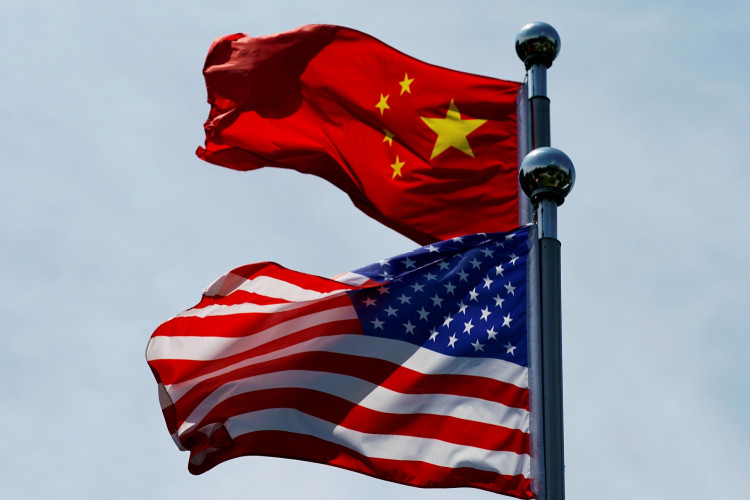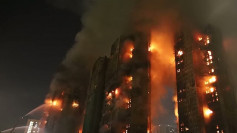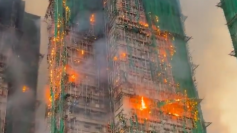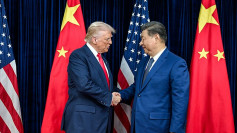President Donald Trump's escalating trade war is now squarely aimed at China, with the White House confirming Thursday that a 145% tariff is in place on many goods imported from the world's second-largest economy. The move follows a wave of confusion over the actual rate, which had initially been announced as 125%.
The higher figure became clear when the administration released the full text of Trump's executive order modifying "reciprocal tariff rates." The clarification revealed that the 125% rate was in addition to earlier 20% tariffs imposed in response to China's role in the fentanyl crisis and allegations of facilitating illegal migration-bringing the effective tariff burden on many Chinese goods to at least 145%.
"China: That's the big one," Trump said Wednesday afternoon, a message echoed by members of his trade team. Treasury Secretary Scott Bessent stated: "China will be raised to 125% due to their insistence on escalation."
The executive order, which amended the Harmonized Tariff Schedule, took effect Thursday and confirmed that these increased tariffs would remain in place while tariffs on nearly every other trading partner are paused for 90 days. The tariff pause, announced Wednesday, excludes China and aims to ease pressure on U.S. consumers and international allies.
Trump said he issued the pause after realizing that "people were getting yippy" and "afraid." The announcement sent the S&P 500 (^GSPC) soaring more than 9.5%-its biggest single-day gain since 2008-but markets gave up some of those gains Thursday amid renewed concerns about a U.S.-China standoff.
National Economic Council Director Kevin Hassett noted Thursday that the U.S. is in advanced negotiations with nearly 20 countries, with two deals "almost closed." He emphasized that a 10% baseline tariff on most foreign imports would likely remain in place. "It is going to take some kind of extraordinary deal for the president to go below" 10%, Hassett said in an interview on CNBC.
The White House confirmed that previously imposed sector-specific tariffs on Chinese goods-ranging from 7.5% to 25% on products such as electronics, plastics, and machinery-remain in place. Meanwhile, some critical imports such as pharmaceuticals, semiconductors, and certain energy products have been exempted from the most recent 125% rate.
The aggressive U.S. action provoked a direct response from China. Beijing imposed an 84% retaliatory tariff on American imports starting Thursday, with analysts warning of further escalation.
"The trade war is now turning into a direct confrontation between the U.S. and China," Rabobank analysts wrote. "We could again be seeing escalation and de-escalation at the same time, pulling markets in different directions."
Trump has indicated a willingness to negotiate but said progress has been slow. "It's one of those things. They're proud people," Trump said of the Chinese. China "wants to make a deal" but "just don't know quite how to go about it."
The president's focus on Beijing also appears strategic. The administration is prioritizing trade talks with regional rivals of China-including South Korea, Japan, India, and Vietnam-in what observers see as a coordinated effort to isolate the country economically.
While Trump framed the latest tariffs as a fulfillment of campaign promises, experts warn the economic fallout could be severe. The Peterson Institute previously estimated the average U.S. tariff on Chinese goods stood at 20.8% before the latest increase. Thursday's hike represents a dramatic escalation, more than doubling the burden on many imports.
Foreign policy experts remain skeptical about a near-term resolution. Daniel Russel, vice president at the Asia Society Policy Institute, said, "Beijing believes Trump sees concessions as a weakness, so giving ground only invites more pressure."
The 90-day tariff pause for non-Chinese imports is scheduled to expire at 12:01 a.m. EDT on July 9, 2025. Until then, trade negotiators will race to finalize agreements while the U.S. and China remain locked in an increasingly volatile standoff.






